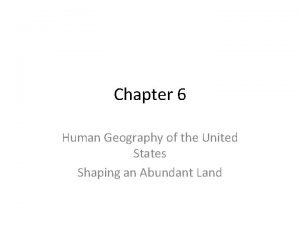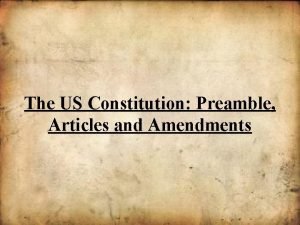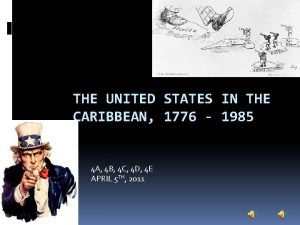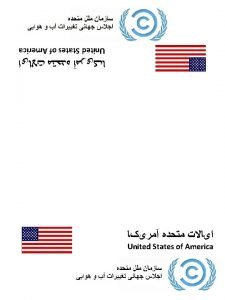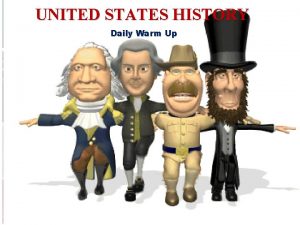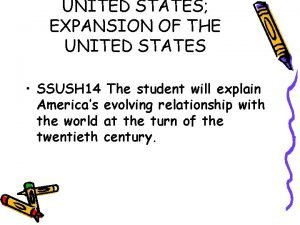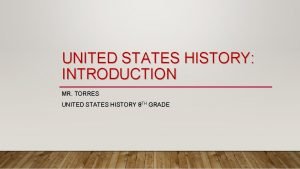Chapter 5 The United States West of the











- Slides: 11

Chapter 5 The United States West of the Mississippi River Lesson 1 Physical Features

Physical Landscape 1. Are the Great Plains flat? No, they are gently rolling lands that slope downward toward the east. 2. What makes the Rocky Mountains a cordillera? The Rockies are made up of dozens of parallel mountain chains 3. What mountain range near the Pacific coast still has active volcanoes? The Cascades have some active volcanoes

4. What is a plateau? A plateau is a large area of elevated fl at land 5. What landforms make up Alaska? Alaska is composed of mountain ranges, valleys, and lowland plains.

Bodies of Water 1. This is an enormous salt-water ocean that borders the West Coast of the United States and includes ports in San Diego, Long Beach, Los Angeles, Portland, Seattle, Tacoma, Valdez, and Honolulu. Pacific Ocean 2. This body of water borders Louisiana and Texas and includes ports in New Orleans and Houston. Gulf of Mexico 3. The largest salt lake in the Americas, this lake changes in size because of evaporation Great Salt Lake

4. This lake is located high in the Sierra Nevada mountain range. It is a popular place for boating and other types of water recreation. Lake Tahoe 5. This lake was formed when the Hoover Dam was built on the Colorado River. It is also a popular recreation area. Lake Mead 6. One of the most important rivers west of the Mississippi, this river begins in the Rocky Mountains and flows south and west to empty into the Gulf of California. Colorado River

7. Located north of the Colorado River, this river flows from the mountains into the Pacific Ocean. Columbia River 8. These two rivers run westward and feed into the Columbia River. Snake and Willamette Rivers 9. These five rivers flow eastward, and four of them empty into the Mississippi River. Missouri, Platte, Kansas, Arkansas, and Rio Grande Rivers

Climates of the Region 1. The United States west of the Mississippi River has a common climate. False The United States west of the Mississippi River has many different climates 2. Because of the rain shadow caused by coastal mountain ranges, areas to the east are drier than the areas to the west of the mountains True

3. The Great Plains has three different climate types: semiarid, humid continental, and humid subtropical. TRUE 4. Alaska has mostly cool and cold climates with temperatures warmer in the north and colder in the south. FALSE The temperatures in Alaska are moderate in the south and colder to the north 5. The climate in Hawaii is mostly warm and dry. False Hawaii has a tropical rain forest climate with high temperatures and high rainfall.

petroleum Natural gas Ethanol (cornbased fuel) Energy Resource s Wind power Hydroelectric power (damned rivers)

gold silver lead Minerals copper zinc

timber Fertile soil Other resource s Natural beauty
 Chapter 2 free enterprise in the united states
Chapter 2 free enterprise in the united states Why is the united states called a postindustrial economy
Why is the united states called a postindustrial economy States west of the mississippi river
States west of the mississippi river Was the united states on the axis powers or allied powers?
Was the united states on the axis powers or allied powers? Unit 2 the united states and canada
Unit 2 the united states and canada Sectionalism map of the united states
Sectionalism map of the united states Usa pro soccer
Usa pro soccer Marshall case
Marshall case United states student association
United states student association The united states ought to provide a universal basic income
The united states ought to provide a universal basic income Preamble of the constitution
Preamble of the constitution The united states in the caribbean 1776 to 1985
The united states in the caribbean 1776 to 1985

